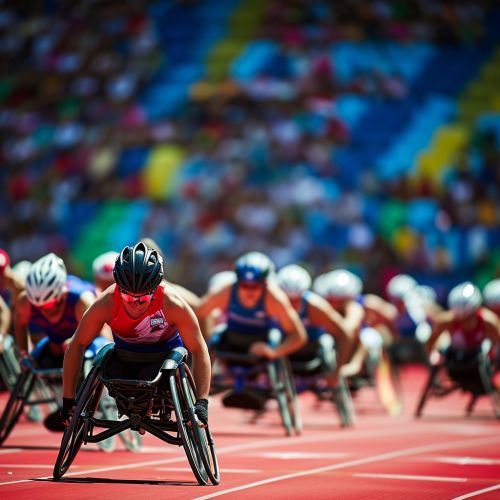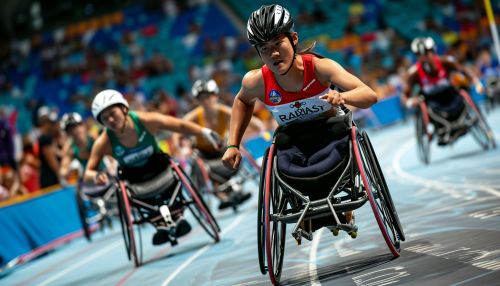Paralympic sports
Introduction
The Paralympics are a major international sporting event involving athletes with a range of physical and intellectual disabilities. The Paralympic sports, which are governed by the International Paralympic Committee (IPC), are a key component of the Games. They encompass a wide range of disciplines, each with its own unique rules and classifications to ensure fair competition.


History
The origins of Paralympic sports can be traced back to the post-World War II period, when Dr. Ludwig Guttmann, a German neurologist, introduced sports as a form of therapy for soldiers with spinal cord injuries. The first organized athletic event for disabled athletes, known as the Stoke Mandeville Games, took place in 1948 in the United Kingdom. These Games are considered the precursor to the modern Paralympic Games, which were first held in Rome in 1960.
Classification
In Paralympic sports, athletes are classified based on their functional abilities to compete in their respective sports. The classification system is designed to ensure that the outcomes of competitions are determined by skill, fitness, power, endurance, tactical ability, and mental focus, rather than the degree of impairment. The system varies from sport to sport, and is governed by the International Sports Federations (ISFs) responsible for each Paralympic sport.
Sports
Paralympic sports include a wide range of disciplines, from traditional sports like athletics, swimming, and cycling, to unique sports like Boccia, Goalball, and Wheelchair rugby. Each sport has its own set of rules, equipment, and classification system.
Athletics
Paralympic athletics is one of the largest and most diverse sports in the Paralympic program. It includes track and field events, road events, and combined events such as the pentathlon. Athletes compete in categories based on their type of impairment, such as visual impairment, spinal cord injury, or cerebral palsy.
Swimming
Paralympic swimming includes all the strokes used in able-bodied swimming competitions. Athletes are classified based on their physical, visual, or intellectual impairment. The sport requires strength, flexibility, and endurance, as well as strategic race planning.
Cycling
Paralympic cycling includes road and track events for athletes with various impairments. Athletes may compete using bicycles, handcycles, tricycles, or tandem bicycles, depending on their classification.
Boccia
Boccia is a precision ball sport, similar to bocce, designed specifically for athletes with severe physical disabilities. It is one of the few sports in the Paralympic program that does not have an able-bodied equivalent.
Goalball
Goalball is a team sport designed specifically for athletes with visual impairments. Players use their sense of hearing to locate the ball, which contains bells, and their sense of touch to determine the position of the goal and other players.
Wheelchair Rugby
Wheelchair rugby is a team sport for athletes with impairment in all four limbs. It combines elements of rugby, basketball, and handball, and is played using a specially designed wheelchair.
Future Developments
The IPC continues to work on the development and inclusion of new sports in the Paralympic program. The aim is to increase the diversity and inclusivity of the Games, while maintaining the high standards of competition and fair play.
